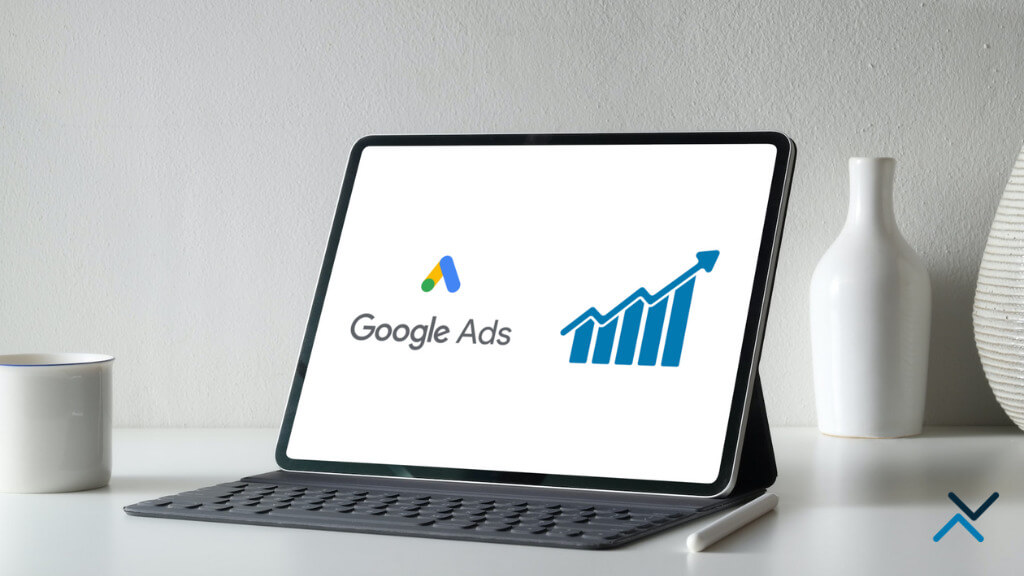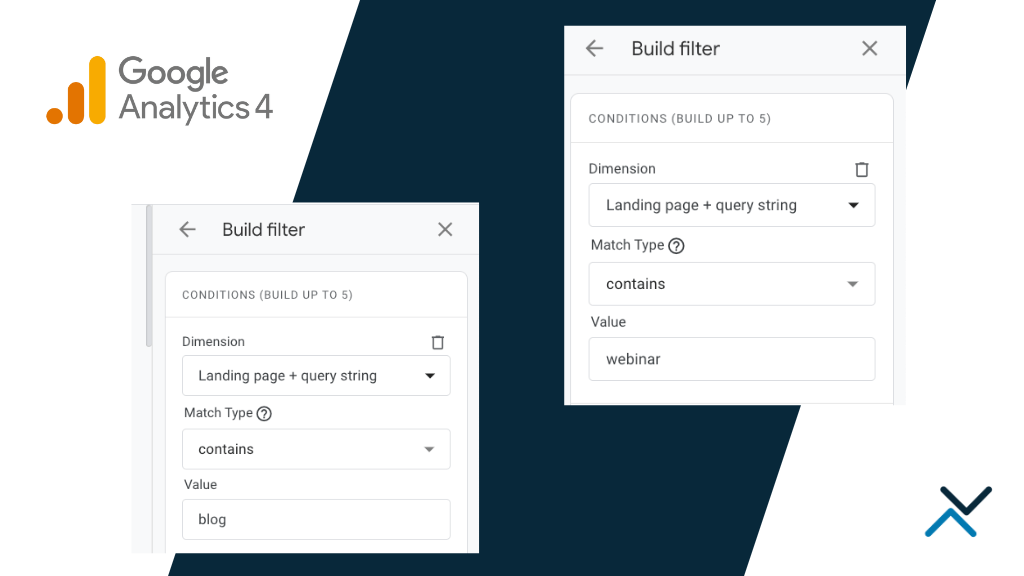In the cutthroat realm of online advertising, where businesses fiercely compete for consumer attention, fine-tuning your Google Ads campaign structure becomes even more crucial for squeezing out every drop of return on investment (ROI). By meticulously crafting your campaign structure, you not only amplify the impact of your ads but also empower yourself with the ability to navigate and evaluate their performance with precision. With the constant evolution of digital marketing, staying ahead of the game requires a strategic approach that maximizes relevance, efficiency, and effectiveness.
In this post, we will provide you with practical tips and strategies to optimize your Google Ads campaign structure, helping you drive more relevant traffic and achieve your marketing goals.
What Are the Key Elements of Google Ads?
To optimize your Google Ads campaign structure, it is important to understand the key elements involved in a Google Ads account. These elements include campaigns, ad groups, keywords, ad extensions and landing pages (where you plan to send people when they click on your ad).

Campaigns
A campaign is the top-level container that houses your ad groups. It allows you to organize your advertising efforts based on specific goals, budgets and targeting settings.
Ad Groups
Within each campaign, you create ad groups, which consist of a set of closely related keywords and ads. Ad groups help you target specific themes or product categories and enable you to tailor your messaging more effectively.
Keywords
Selecting relevant keywords is essential for targeting the right audience. Conduct thorough keyword research to identify high-performing keywords that align with your campaign goals.
Assets & Ad Extensions
Utilize ad extensions to enhance your ads and provide additional information to potential customers. These assets include information like sitelinks, callouts, structured snippets and branding elements like a logo. Leveraging these assets can improve ad visibility and increase click-through rates.
Landing Pages
Landing pages are the destination URLs where users are directed after clicking on your ads. Ensure that your landing pages are optimized for a seamless user experience and aligned with your ad messaging.
Organize Campaigns & Ad Groups
To optimize your campaign structure, it’s crucial to organize your campaigns and ad groups effectively. Here are some best practices to follow:
Segmentation
Divide your campaigns based on factors such as product type, geography or target audience. For example, you may have one campaign to target a mid-market audience, while another campaign is focused on a more funneled audience. This allows you to create more targeted and relevant ad groups within each campaign.
Budget Allocation
Assign your budget strategically across campaigns based on their priority and performance. Allocate more budget to campaigns that deliver better results and align with your objectives.

Ad Group Theming
Create ad groups with a specific theme or focus, ensuring that each ad group contains closely related keywords and ads. This improves relevancy and allows for more precise targeting and ad customization.
Ad Scheduling
Consider the time of day or week when your ads perform best. Schedule your campaigns accordingly to maximize visibility during peak periods or when your target audience is most active. For example, if you operate a home improvement business and book most of your appointments in the morning, set your ad scheduling to be the most active and aggressive in the morning.
Refine Your Keyword Strategy
Optimizing your keyword strategy is crucial for campaign success too. Here’s how you can refine it:
Keyword Match Types
Utilize various match types (phrase and exact) to control the level of specificity and reach of your keywords. This helps you target your audience more precisely. Match types also correlate with your budgeting and average cost-per-click (CPC).
Negative Keywords
Identify irrelevant or low-performing keywords and add them as negative keywords to prevent your ads from showing for irrelevant searches. This helps improve the overall efficiency of your campaigns.
Keyword Grouping
Group related keywords within each ad group to improve the ad’s relevance and quality score. This enables you to create targeted ad copy that resonates with your audience’s search intent.
Test & Optimize Ad Copy / Extensions
Effective ad copy and extensions can significantly impact campaign performance. Consider the following optimization techniques:
A/B Testing
Conduct split tests by creating multiple versions of your ads to identify the most effective messaging and design. Test different headlines, descriptions, calls to action, and ad extensions to determine the best-performing combinations.

Ad Relevance
Ensure that your ad copy is highly relevant to the keywords and landing pages it is associated with. Aligning your ad messaging with user intent improves click-through rates and your quality score.
Ad Extensions
Experiment with different ad extensions to provide additional information and enhance your ad’s visibility. Monitor performance metrics to identify which extensions generate the most engagement and conversions.
Monitor, Analyze & Refine
Continuous monitoring and analysis are vital for campaign optimization. Make use of Google Ads reporting and analytics tools to gather insights and refine your campaigns.
Performance Metrics
Regularly review key performance metrics such as click-through rates (CTR), conversion rates, cost per acquisition (CPA), and return on ad spend (ROAS). Identify underperforming areas and make the necessary adjustments.
Audience Insights
Utilize audience data to better understand your target audience and their behavior. Refine your targeting parameters and create tailored ads to maximize relevance and engagement.
Landing Page Optimization
Analyze landing page performance, bounce rates and conversion rates. Make the necessary optimizations with your web developer to improve the user experience and drive higher conversion rates.
Audit Your Ads Campaign Structure Regularly
As any digital marketer knows, a Google Ads campaign is not a set-it-and-forget-it strategy. Optimizing your Google Ads campaign structure is a continuous process that requires careful planning, analysis and refinement. By understanding the key elements, organizing your campaigns effectively, refining your keyword strategy, optimizing ad copy and extensions and monitoring performance on a routine basis, you can maximize the effectiveness of your campaigns and achieve better results.
Be sure to reach out if you have any questions about your campaign structure. Remember, an improper Google Ads campaign structure can mean excessive costs that you could otherwise avoid.









